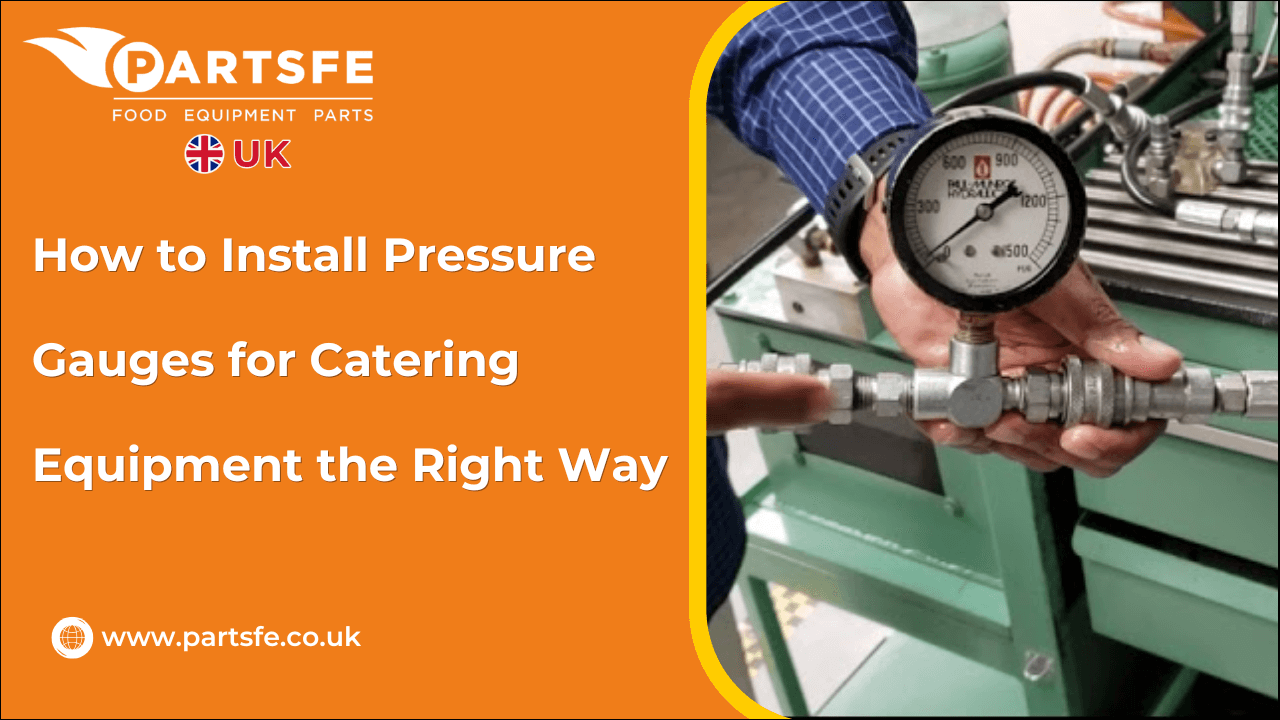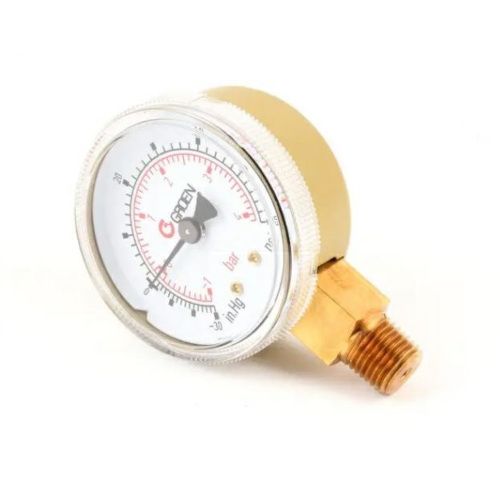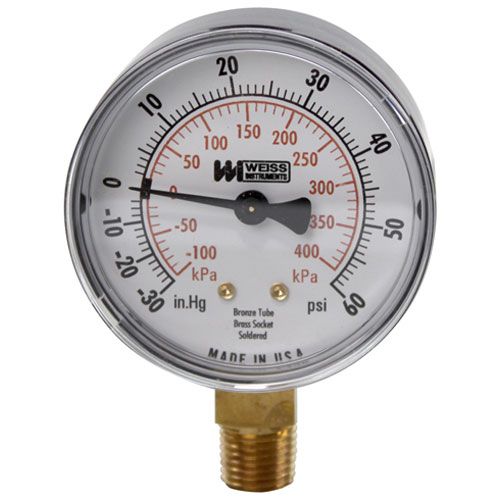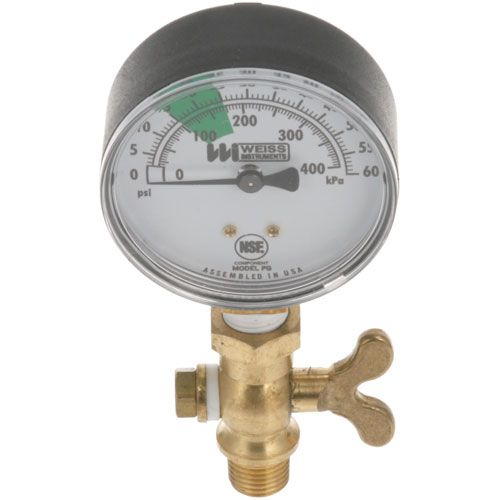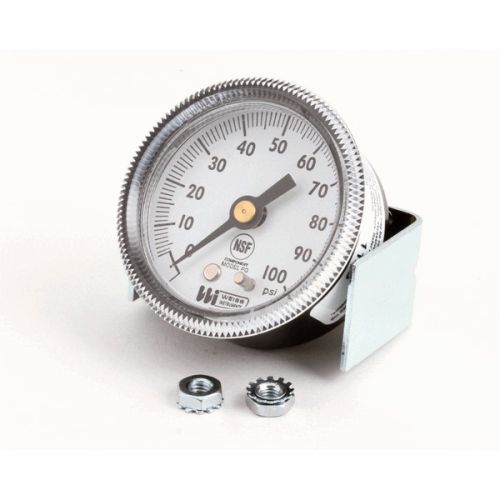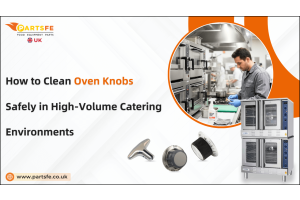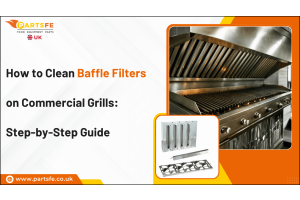How to Install Pressure Gauges for Catering Equipment the Right Way
In the fast-paced world of commercial catering, precision and safety are paramount. Every piece of equipment, from ovens to dishwashers, relies on optimal performance to ensure food quality and operational efficiency. A critical component in achieving this is the effective monitoring of pressure. Ignoring pressure levels can lead to costly equipment breakdowns, energy waste, and, more critically, safety hazards. This guide will delve into the essential role of pressure gauges for catering equipment, providing a comprehensive understanding of their function, selection, and, most importantly, how to install a pressure gauge correctly. We’ll explore the different types of pressure gauges commonly found in commercial kitchens, ensuring you have the knowledge to make informed decisions for your establishment.
Understanding Pressure Gauges in Catering Equipment
Pressure gauges for catering equipment are devices designed to measure and display the pressure of gases or liquids within a system. In commercial kitchens, they are indispensable for ensuring that equipment operates within safe and efficient parameters. For instance, in steam ovens, an accurate oven pressure gauge is vital for consistent cooking results and preventing overpressure. Beyond performance, the role of a food-grade pressure gauge is particularly significant. These gauges are specifically designed to meet stringent hygiene standards, ensuring that no contaminants from the gauge material or internal components can compromise the food or beverage being processed.
Pressure Gauges in Commercial Catering Equipment
The application of pressure gauges for catering equipment extends across a wide array of appliances in a commercial kitchen. Each piece of equipment presents unique demands for pressure monitoring:
-
Dishwashers: A Water pressure gauge ensures optimal water flow for effective cleaning and rinsing, preventing damage from excessive pressure.
-
Fryers: Pressure gauges can monitor the oil filtration system, indicating when filters need cleaning or replacement to maintain oil quality.
-
Griddles/grills: While less common for direct pressure measurement, some griddles with steam injection or advanced cleaning systems might utilize pressure monitoring.
-
Ice machines: An accurate water pressure gauge is essential for consistent ice production and preventing issues related to water supply.
-
Ovens: The oven pressure gauge is one of the most critical. It monitors steam pressure for consistent cooking, ensuring food safety and preventing dangerous overpressure situations.
Understanding these specific applications highlights why choosing the right type of gauge, such as a dedicated oven pressure gauge, is not just about functionality but also about extending the lifespan of valuable catering equipment and upholding operational safety standards.
Types of Pressure Gauges Commonly Used
Commercial kitchens utilize several different types of pressure gauges, each suited for specific applications and media:
-
Oven pressure gauge: Specifically designed for high-temperature environments, these gauges monitor steam or internal pressure in ovens, crucial for consistent cooking and safety.
-
Water pressure gauge: Used to measure the pressure of water lines, essential for dishwashers, ice machines, and water filtration systems.
-
Air pressure gauge: Monitors compressed air systems, often found in equipment with pneumatic components or for cleaning purposes.
-
Temperature pressure gauge: These are combination gauges that display both pressure and temperature, offering a more comprehensive view of system conditions.
Choosing the Best Pressure Gauge
Selecting the best pressure gauge for your commercial kitchen involves considering several crucial factors to ensure accuracy, durability, and compatibility:
-
Pressure range: The gauge must be able to accurately measure the expected operating pressure of the equipment without being over-ranged or under-ranged. Always choose a gauge with a maximum pressure rating at least 1.5 times the normal operating pressure.
-
Temperature: Consider the operating temperature of the medium. For high-temperature applications, such as an oven pressure gauge, ensure the gauge materials and internal components are rated for extreme heat.
-
Material compatibility: The materials of the gauge, especially those in contact with the medium, must be compatible with the substance being measured (e.g., water, steam, oil, or air).
-
Size and connection Type: Ensure the gauge physically fits the installation space and has the correct thread type and size for your equipment's port.
-
Vibration and pulsation: For equipment prone to vibration or pressure pulsations, consider liquid-filled gauges or those with dampened movements to prevent needle flutter and extend gauge life.
-
Digital vs. analog: A digital pressure gauge offers precision and ease of reading, while analog gauges are generally more cost-effective and robust in some harsh environments.
How to Install Pressure Gauge Properly
Knowing how to install a pressure gauge correctly is paramount to its accuracy, longevity, and the safety of your catering equipment.
-
Safety first: Before starting any installation, ensure the equipment is turned off, depressurized, and cooled. Disconnect from power sources if necessary.
-
Choose the right location: For an oven pressure gauge or a water pressure gauge on a boiler, choose a location that provides a clear view for readings and is easily accessible for maintenance.
-
Prepare the connection point: Ensure the threaded port on the equipment is clean and free of debris. Use a thread sealant (like PTFE tape or pipe dope) on the gauge's threads.
-
Thread the gauge: Carefully thread the pressure gauge into the connection point. Hand-tighten first to ensure proper alignment.
-
Tighten with a wrench: Use a wrench on the wrench flats of the gauge (not the case of the gauge) to tighten it securely. Do not overtighten, as this can damage the gauge or the equipment port.
-
Orient the gauge: Once tightened, ensure the gauge face is oriented correctly for easy reading. Some gauges allow for minor rotation after initial tightening.
-
Verify the seal: After installation, repressurize the system slowly and check for any leaks around the connection point.
-
Initial test: Perform an initial test to confirm the gauge is reading pressure correctly. This often involves comparing it against a known good gauge or system specifications.
Pressure Gauge Calibration & Testing
Pressure gauge calibration and regular testing are crucial for maintaining accuracy and ensuring safe operation of your catering equipment.
Pressure gauge Calibration:
-
This is the process of adjusting a gauge to ensure its readings are accurate against a known standard. For commercial kitchens, it's recommended to have professional pressure gauge calibration performed periodically, usually annually or semi-annually, depending on usage and the critical nature of the equipment. Specialized calibration equipment is used to apply precise pressure and compare it to the gauge's reading, making necessary adjustments. This ensures your pressure gauges for catering equipment remain reliable.
How to test a pressure gauge:
While full calibration requires specialized tools, you can perform basic checks on how to test a pressure gauge for accuracy between professional calibrations:
-
Zero check: When the system is depressurized, the gauge should read zero. If it doesn't, it indicates a potential issue or zero offset.
-
Comparison test: If possible, compare the reading of the suspect gauge against a newly calibrated or known accurate master gauge connected to the same pressure point.
-
Visual inspection: Look for any physical damage to the gauge, such as a bent needle, cracked glass, or corrosion, which could indicate internal damage.
-
Fluctuation test: Observe if the needle fluctuates excessively or sticks at certain points, which could suggest internal wear or blockage.
Must-Have Catering Equipment for New Restaurants Startup
Maintenance Tips for Pressure Gauges in Catering Equipment
Proper maintenance of pressure gauges ensures reliable performance, reduces downtime, and extends the lifespan of your catering equipment.
|
Maintenance Task |
Description |
|
Regular cleaning |
|
|
Inspect for damage |
|
|
Monitor for leaks |
|
|
Avoid over-pressurization |
|
|
Protect from vibration |
|
|
Environmental protection |
|
In the demanding environment of a commercial kitchen, the significance of properly selected, installed, and maintained pressure gauges for catering equipment cannot be overstated. By carefully following best practices for correctly installing a pressure gauge, prioritizing routine calibration, and understanding how to test a pressure gauge, catering professionals can ensure their equipment runs reliably and safely. Investing in the best pressure gauge for each specific application, including a food-grade pressure gauge when needed, is a proactive step toward a safer, more efficient, and compliant commercial kitchen. PartsFe UK offers a wide selection of commercial kitchen electrical accessories from trusted manufacturers, such as wiring, gauges, fuses, cables, switches, outlets, and circuit breakers.
FAQs
Can pressure gauges be calibrated after installation?
Yes, pressure gauges can and should be calibrated periodically after installation to maintain measurement accuracy. Calibration involves comparing the gauge reading to a known reference and adjusting as needed.
What type of pressure gauge is best for high-temperature catering appliances?
For high-temperature environments, use pressure gauges specifically rated for elevated temperatures, such as stainless steel cased gauges with glycerin- or silicone-filled interiors to handle heat and reduce vibration effects.

